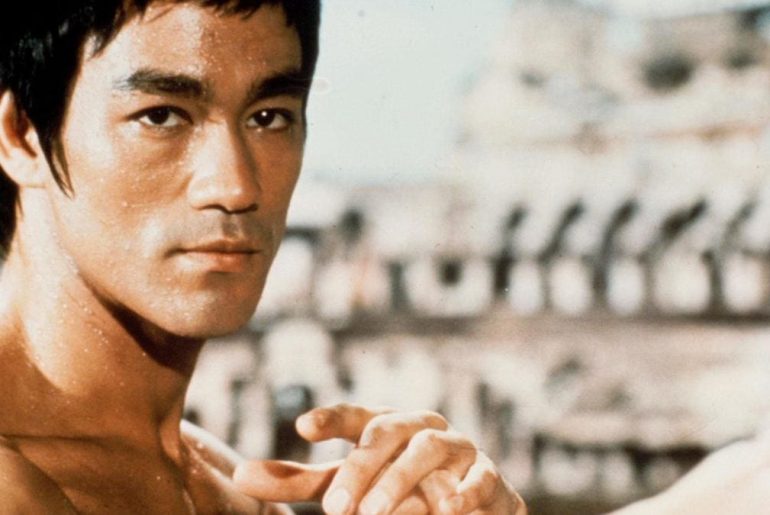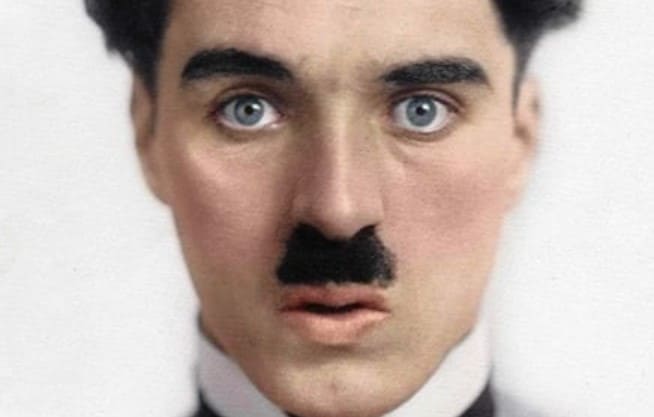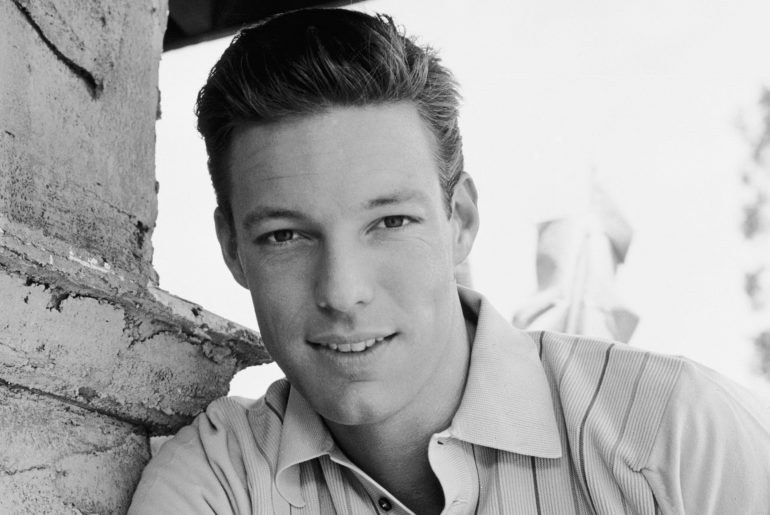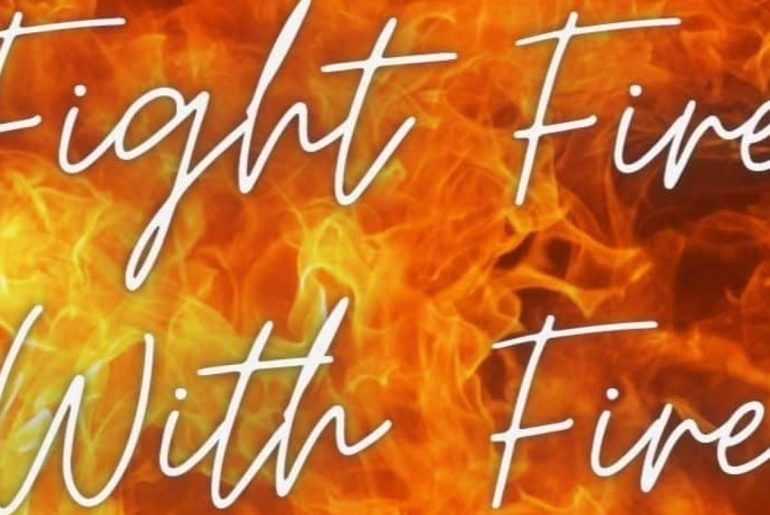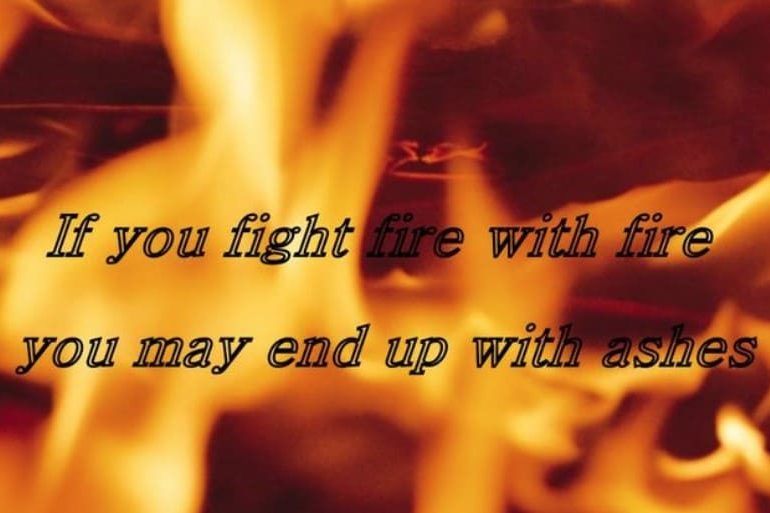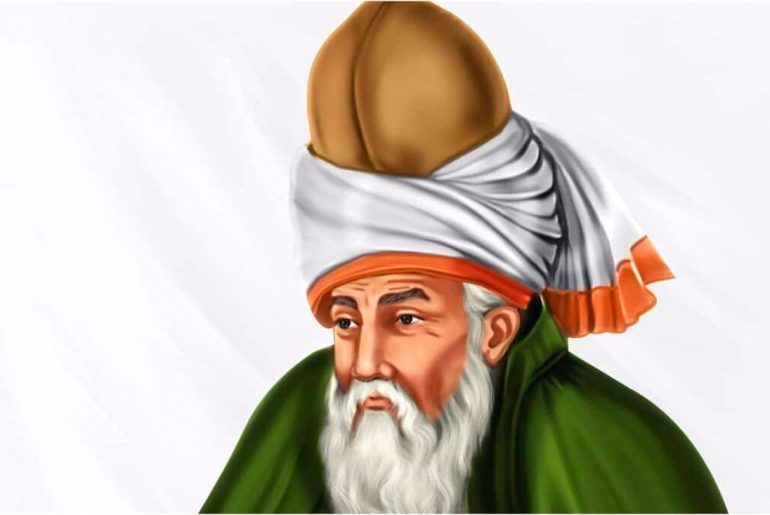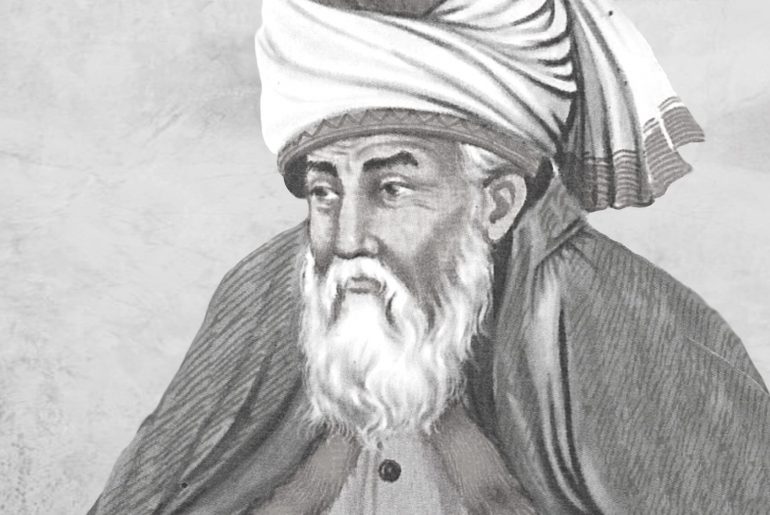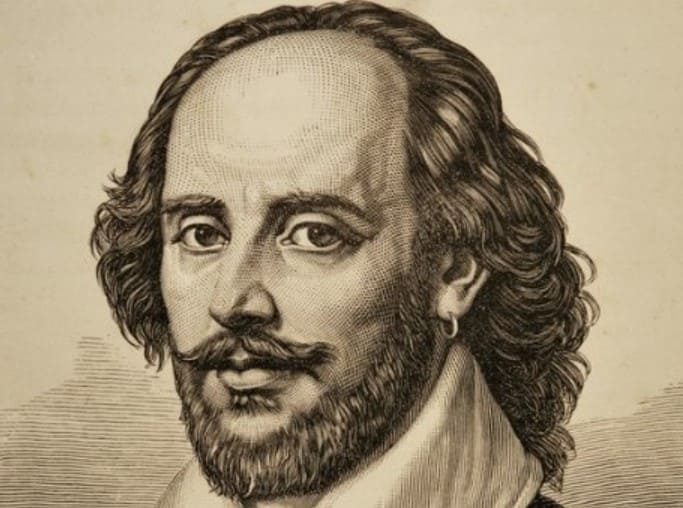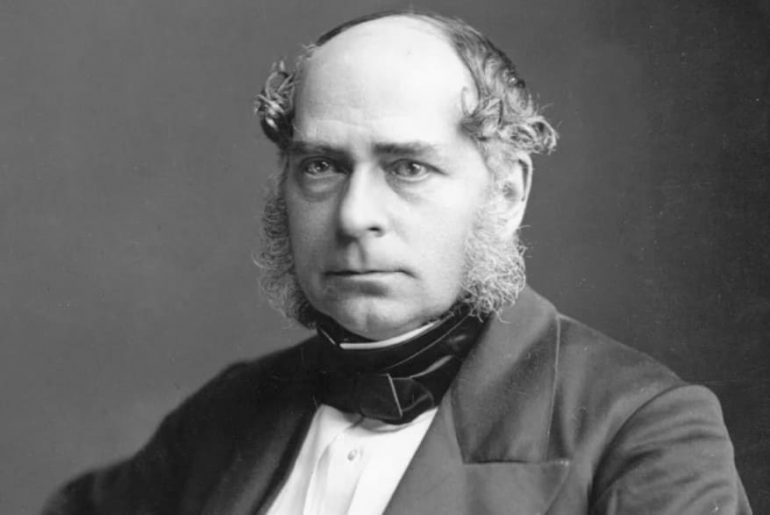The American actress, director and producer had her breakthrough role in 1988’s The Accused. For her part as a rape victim, she was awarded the “Oscar” for the first time. Already at the age of 13 she shone in 1976 as a precocious prostitute opposite Robert de Niro in Martin Scorsese’s “Taxi Driver”. Jodie Foster won her second Academy Award for Best Actor for her role as a young FBI agent in the thriller The Silence of the Lambs opposite Anthony Hopkins. As a cool, controlled and erotic child, Foster advanced to become an internationally acclaimed character actress. In 2013 she received the “Cecil B. DeMille Award” for her life’s work at the Golden Globe Awards. Other successful works include “Sommersby”, “Panic Room”, “Flightplan” and “Hotel Artemis”…
Jodie Foster was born on November 19, 1962 in Los Angeles (USA), the daughter of Lucius and Evelyn Foster.
Her father left the family before she was born and her mother raised her and her three siblings alone. Jodie Foster was considered highly intelligent even as a child. At the age of three she starred in her first commercials. At the age of six she signed to Disney Studios and she became a TV child star. Above all, her self-confident demeanor in front of and behind the camera surprised her producers. Jodie made her screen debut in the 1972 Disney production Napoleon and Samantha. Jodie Foster first earned recognition in 1976 opposite Robert De Niro in Martin Scorsese’s Taxi Driver. She was nominated for an Oscar for her supporting role as street prostitute Iris Steensma.
Since then she has shone in numerous roles, all of which have been successful. In the same year she played an independent living, highly talented teenager in “The Girl at the End of the Road”. From 1980 to 1985 she studied literature at Yale University. Foster graduated magna cum laude. She wrote her diploma thesis on the African-American author Toni Morrison. Foster’s bewildered suitor John Hinckley Jr., who showered her with love letters, assassinated then-US President Ronald Reagan in 1981 to prove his love for her. Reagan survived the attack with serious injuries. Since then, Jodie Foster has shied away from the public.
Jodie Foster won her first Oscar in 1988 for her role in the court drama The Accused. One of her most successful works was the psychological thriller “The Silence of the Lambs”, in which she embodies an FBI agent who hunts the insane and highly intelligent “Hannibal Lektor”, played by Sir Anthony Hopkins. For this contribution she received her second “Oscar” in 1991 as “Best Actress”. In the same year, 1991, she made her directorial debut in “Das Wunderkind Tate” and two years later she created the romantic drama “Sommersby” together with Richard Gere. In 1994, Jodie Foster founded her own production company, Egg Productions, with which she produced the film Nell. In 1997, Yale University awarded her an honorary doctorate.
In July 1998, Jodie Foster gave birth to a son. Their second son was born in September 2001. She did not make any public statements about her father. In 2002 she was in front of the camera for the action thriller “Panic Room” and in 2005 for “Flightplan”. In 2006 the production “Inside Man” followed and in 2009 “New York Mom” (Motherhood). In 2011 she chaired the Cesar Awards. In 2013 she received the “Cecil B. DeMille Award” for her life’s work at the Golden Globe Awards. In 2018 she played the main role in the action film “Hotel Artemin”.
Filmography
1972 – “Napoleon and Smantha”.
1972 – “Round Up”.
1973 – “Tom Sawyer”.
1973 – “A Camel in the Wild West”.
1974 – “Alice doesn’t live here anymore”.
1976 – “Echoes of a summer”.
1976 – “Taxi Driver”.
1976 – “Bugsy Malone”.
1976 – “Taxi Driver”.
1976 – “The girl at the end of the street”.
1977 – “Casotto”.
1977 – “Moi fleur bleue”.
1977 – “Freaky Friday”.
1977 – “Adventures at Castle Candelshoe”.
1980 – “Jeanie’s Clique”.
1980 – “Funfair”.
1982 – “Haunted in the marriage bed”.
1984 – “The Hotel New Hampshire”.
1984 – “The Blood of Others”.
1984 – ‘Tales From The Darkside’ (Do Not Open This Box), directed.
1986 – “In good times and in bad”.
1987 – “Penguins in the Bronx”.
1987 – “Siesta”.
1988 – “Katie’s Longing”.
1988 – “Accused”.
1989 – “Catchfire”.
1991 – “The Silence of the Lambs”.
1991 – “The Child Prodigy Tate”, directed.
1992 – “Shadows and Fogs”.
1993 – “Summersby”.
1993 – “It Was a Wonderful Life”.
1993 – “Golden Tales”, directed.
1994 – “Nell”.
1994 – “Maverick”.
1995 – “Family Celebration and Other Troubles”, directed.
1997 – “Contact”.
1999 – “Anna and the King”.
2002 – “Lost Heaven”.
2002 – “Panic Room”.
2004 – “Mathilde – A Great Love”.
2005 – “Flight Schedule”.
2006 – “Inside Man”.
2007 – “The Stranger in You “(The Brave One).
2008 – “The Island of Adventures” (Nim’s Island).
2009 – “New York Mom”.
As a producer
1986 – “In good times and in bad”.
1994 – “Nell”.
1995 – “Family Celebration and Other Difficulties”.
1998 – “Baby Blues” (The Baby Dance).
2000 – “Waking the Dead”.
2002 – “Lost Heaven”.
2007 – “The stranger in you”.
How old is Jodie Foster?
59 years
November 19, 1962
How old was Jodie Foster in taxi driver?
At just 12 years old, Jodie Foster delivered one of the defining performances of her career as a child prostitute in Martin Scorsese’s grueling portrait of social dysfunction on the streets of 1970s New York.
Is Jodie Foster married?
Alexandra Hedison
Is Jodie Foster gay?
“Seriously, I hope that you’re not disappointed that there won’t be a big-coming-out speech tonight,” she said, “because I already did my coming out about a thousand years ago back in the Stone Age.” Foster said she had always been up front with trusted friends and family about her sexual orientation.
Who is Jodie Foster married to?
Alexandra Hedison
How tall is Jodi Foster?
1.6 m
Is Jodie Foster a lesbian?
You guys might be surprised, but I am not Honey Boo Boo child.” It has been been widely known in Hollywood circles for years that Foster, the recipient of two Academy Awards from four nominations in her career, is gay.



